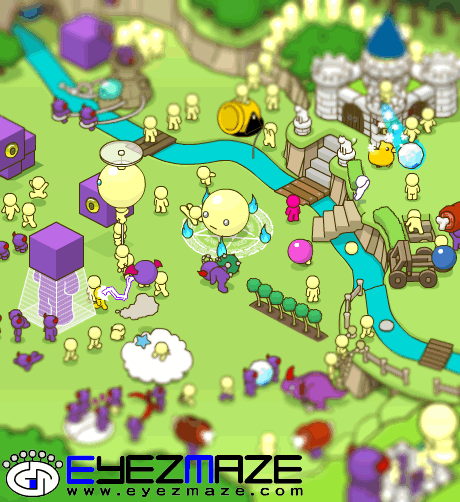CyberX assesses industrial environments for cyber risks, provides continuous monitoring
This column is available in a weekly newsletter called IT Best Practices. Click here to subscribe. The U.S. Department of Homeland Security (DHS) received reports of 59 cyber incidents at energy facilities in 2016. This is an increase of nearly a third over 2015. Security specialists believe this number is quite conservative, considering that energy companies aren’t required to report cyberattacks to DHS.But the actual number of incidents isn’t the really concerning part of the story. More worrisome, say federal cybersecurity officials and private security specialists, is that the vast majority of energy industry companies lack the technology and personnel to continuously monitor their operational systems for anomalous activity, which leaves them unable to detect intrusions when they happen. Consequently, they don’t even know about incidents to be able to report them.To read this article in full or to leave a comment, please click here

 Virtualized networks are being embraced by operators as the foundation for IoT services.
Virtualized networks are being embraced by operators as the foundation for IoT services. Download now to learn the latest on the NFV Infrastructure and VIM market.
Download now to learn the latest on the NFV Infrastructure and VIM market.